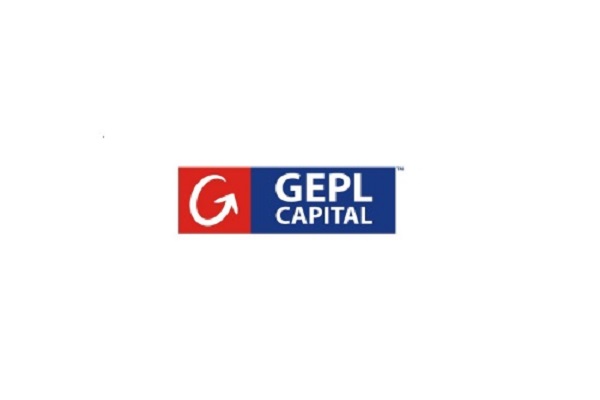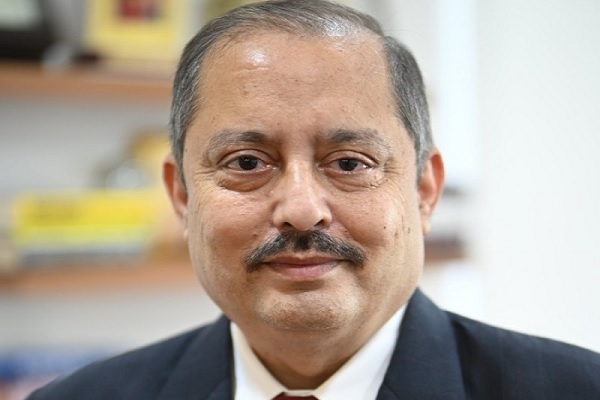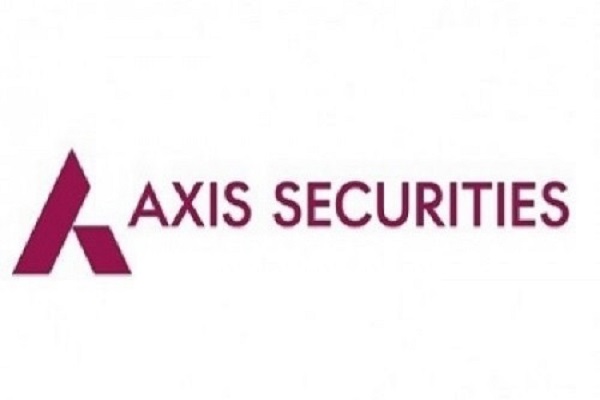IT Services : ERD services : Auto pulse–challenges ahead by Kotak Institutional Equities

ERD services: Auto pulse–challenges ahead
Our analysis of global auto OEMs’ and Tier-1 suppliers’ R&D spend outlook suggests some caution on spends on electrification initiatives. OEMs’ R&D spend growth remained healthy albeit decelerating in 1HCY24. However, some OEMs have indicated that software development programs related to new platform launches are on track. We believe spends on programs related to new architecture development would be relatively stable but would significantly reduce closer to launch timelines, mostly CY2026-27. Spend outlook of Tier-1 suppliers’ and CV OEMs’ is influenced by a weakening market.
Significant cuts to electrification programs across several OEMs
Most OEMs had initially set aggressive targets on BEV production to (1) meet evolving customer preferences and (2) adhere to stricter emission norms. However, bottlenecks such as (1) higher battery costs and suboptimal efficiency and (2) limited availability of charging infrastructure resulted in slower-than anticipated adoption of BEVs. Further, OEMs are faced with pricing pressures and lower profitability of BEVs due to various factors including sub-scale production. These aforesaid factors have culminated in sharp reduction in EV programs of several OEMs. ZF indicated that CY2025 EV programs are 50% lower as of June 2024 as compared to six months ago.
A few OEMs continue elevated R&D spends
R&D spends at a few auto OEMs including JLR, BMW, Volkswagen and Renault continued to grow at a healthy rate during 1HCY24 driven by continued spends on new architectures and software initiatives (see Exhibits 2-3). BMW and Volkswagen have indicated that R&D spend intensity would peak in CY2024. BMW’s mediumterm R&D intensity target of <5% is materially lower than current spend intensity of 5.8%. Volkswagen indicated that cumulative R&D spends during CY2025-29 would be below EUR170 bn (as compared to EUR180 bn spends over CY2024-28). Renault’s R&D spend intensity increased 100 bps yoy to 7.9% in 1HCY24 but remains lower than CY2024 outlook of ~8%. Overall, R&D spends of global passenger car OEMs grew at 6.4% yoy in 1HCY24, as compared to 14.3% growth for the cohort in CY2023. Commercial vehicle OEMs’ R&D spend growth was strong but challenging market conditions pose threat to sustainability.
Investments in new architecture unlikely to be recurring at a similar intensity
Investments by OEMs as part of journey toward SDV and new platform development have been the key areas of growth. Some Indian ERD players have benefitted more than others led by capabilities and client-specific engagements. Passenger car OEMs continue to invest in these programs to meet launch timelines (CY2026 for most). OEMs plan to launch common platforms that can be scaled and reused across their portfolio as against current practice of maintaining multiple platforms for various segments. We believe this would help in significantly lowering spends in future years despite increased complexity. For instance, Renault targets 25% reduction in software spends from SDV as compared to traditional approach by CY2030. We do not envisage current level of spend intensity continuing over the medium term. We retain our cautious stance on disconnect between moderating growth outlook and expanding valuations.
Some caution with increased focus on R&D efficiency
GM expects R&D spends on technology transformation initiatives to align with market evolution. The company has delayed opening its battery electric truck plant by 6 months due to slower-than-expected customer adoption. Ford expects supply-chain partnerships would enable in lowering cost of production and improve profitability. Ford indicated that its ambition to partner on EVs is at record high. According to Ford, auto OEMs need to start focusing equally on the one-time cost investment in electrical architectures and transition to digital products rather than investing primarily in infotainment. Stellantis is lowering its investment spends by at least EUR1 bn in 2HCY24 in comparison to 1HCY24. It indicated that benefit of having a dedicated EV platform is marginal to customers. Further, the company is also focused on improved free cash generation to honor commitments to shareholders in terms of repurchases and dividends. Mercedes-Benz indicated that investments would peak in CY2024-25 and some of the technology initiatives for product launches in CY2025 are nearing conclusion. Absolute spends (and spend intensity) would decline from CY2026. Tier-1 suppliers in general remain selective on investments with higher focus on efficiencies. Paccar lowered its R&D spend outlook for CY2024.
Disruption to tier-1 suppliers’ businesses evident from tempered outlook and measured R&D spends
Most Tier-1 suppliers also indicated challenging market conditions due to general slowdown in automotive volumes for sluggish performance. R&D spends reflected business challenges, growing at a modest low single-digit rate in 1HCY24 at large tier-1 suppliers (see Exhibit 4).
Most tier-1 suppliers lowered CY2024 guidance while a few also tempered their medium-term aspirations, uncharacteristically, mid-year. Forvia expects revenues and margins to be at the lower-end of guided band for CY2024. For CY2025, it lowered revenue guide by ~5-7%. ZF lowered its CY2024 sales outlook by ~4% and maintained R&D spend flat yoy in 1HFY24. Denso marginally lowered its FY2025 outlook due to weaker-than-expected June 2024 quarter. Lear lowered its revenue outlook by ~3% and capital investments by ~4% for CY2024. Valeo lowered its revenue guide for CY2024 and CY2025 by ~4%. The company had already significantly cut CY2025 revenue (~9%), margin and FCF guidance at the beginning of the year. Magna lowered its CY2024 revenue and profitability outlook and also cut mediumterm (CY2026) aspirations across metrics including capital spends due to (1) lower BEV adoption, (2) OEMs recalibrating their portfolios leading to program delays or cancellations and (3) geopolitical uncertainty. It also lowered capital investments by US$200 mn (down ~8%) since beginning of the year due to lower spends on EV programs. The company targets to cut gross engineering investments by up to US$500 mn in megatrend areas and capex by US$600 mn (~28% lower) over CY2024-26.
Alliances between OEMs to jointly develop SDV platforms, lowering burden of spends
Multiple OEMs have entered into alliances for joint software development. Volkswagen-Rivian, Volkswagen-Xpeng, Honda-Nissan and Volvo AB and Daimler Truck in CY2024, to name a few. Volkswagen and Xpeng will be jointly developing zonal E/E architecture to turn pure electric models of VW brands into software-defined vehicles in China from CY2026. The partnership with Rivian is to develop vehicle E/E architecture and scalable systems platform (SSP) for global markets. CARIAD will drive cross-functional issues such as infotainment, connectivity, etc. in both engagements. Honda and Nissan too have announced alliance for software development. While this is still in early stages, Honda indicated that the aspiration is to jointly develop platforms, which can be used by both OEMs, effectively splitting the costs equally.
Commercial OEMs too have announced similar moves. For instance, Volvo AB and Daimler Truck announced to develop a common software-defined vehicle platform and dedicated truck operating system, providing the basis for future software-defined commercial vehicles. The JV would lead in development of standardized hardware and software. This technical basis would enable Volvo and Daimler Truck and potentially other partners to provide differentiating digital vehicle features, ultimately enhancing customer efficiency and experience. The companies aim to close the transaction in 1QCY25.
We believe there would be some opportunity from software integration, testing and validation activities from joint software development but this is likely to be lower than in a scenario of independent and parallel development programs by OEMs.
Addressable market in industrial & commercial equipment segment is only a fraction of passenger cars
Industrial and off-highway OEMs too are undergoing a similar transition as automotive but with a lag of few years. Companies are investing in connected, autonomous and new energy initiatives. However, we note that the business cycles are deeper in the segment and addressable opportunity is only a fraction of that of automotive OEMs (see Exhibit 6). This is in contrast to historical trend with activity skewed toward traditional engineering. KPIT indicated investments in adjacencies to partly offset any impact from slowdown in automotive. We note that among pure-play auto OEMs, LTTS, TELX and TTL have some presence in the market but the scale of the practice is lower as compared to automotive practice.
Above views are of the author and not of the website kindly read disclaimer










Tag News

Sector Seasonality Report 29th December 2025 - Axis Securities













